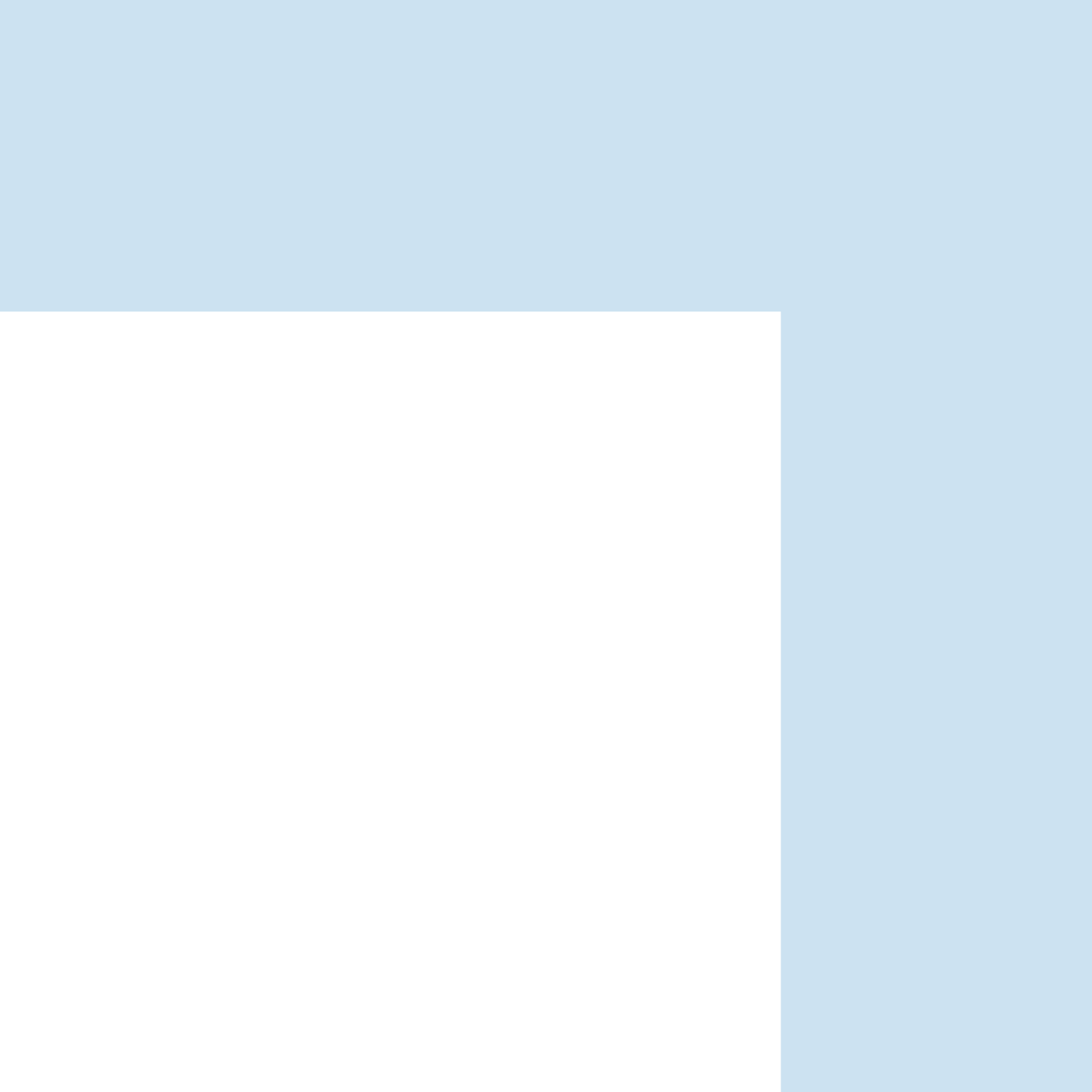
Digitalization in medicine: sustainable approaches
The healthcare market is under immense pressure to be efficient and innovative. In addition, ever stricter legal requirements apply. One possible answer is digitalization in the field of medicine, for example in the form of networking medical devices with their existing medical environment. This applies to data exchange for treatment, care and diagnosis as well as with the administration. Medical devices with a high proportion of software are already commonplace today. A clearly defined product vision, clean implementation and approval-compliant documentation of development are essential prerequisites for surviving in the highly regulated medical environment.
In the context of digitalization in medicine, PTA essentially addresses four areas:
- We support you in the development of product ideas and help you to implement them.
- We make your medical devices fit for the digital era and ensure compliance with legal requirements regarding software and documentation, and are ISO 13485 certified ourselves.
- We integrate your medical devices into existing healthcare ecosystems, also thanks to the experience gained from more than 400 interface projects.
- We support and develop software within the scope of ISO 62304 over the entire life cycle, including maintenance.
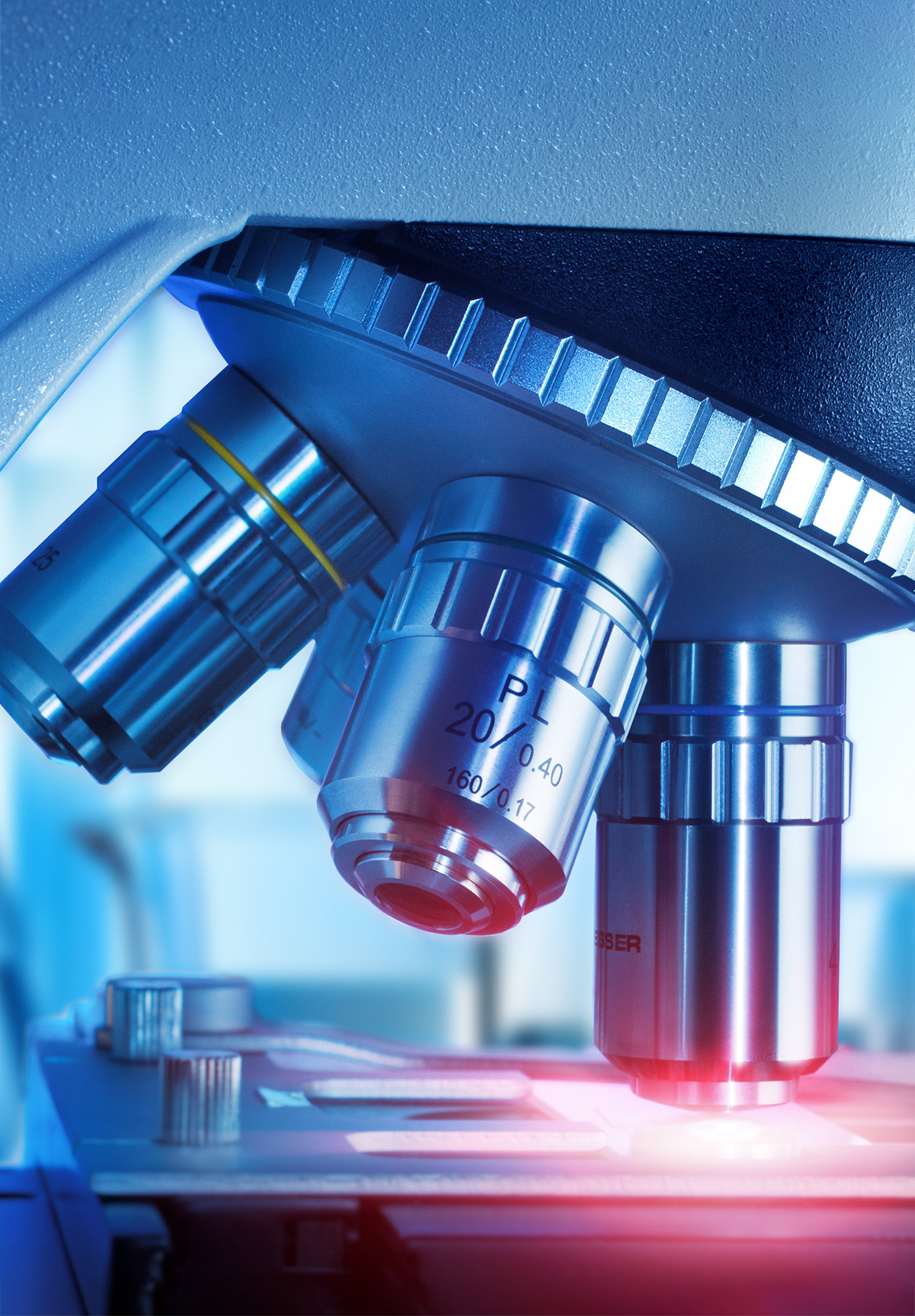
Challenges and use cases for successful digitalization in medicine
A good medical technology product is created by taking into account a combination of medically sensible, (IT) technically feasible and legal requirements. The MDR/IVDR restructuring in particular requires development and documentation experience that many manufacturers still need to build up in order to successfully master digitalization in medicine. Engineering, IT, organization and quality management must work together to make sensible business decisions that ensure the continued existence of existing products on the market and help to open up new business areas.
The development and operation of complex networked medical technology requires a wide range of expertise and a view of the big picture. In particular, the integration of medical devices into the complex laboratory IT infrastructure requires many years of technical and IT experience.
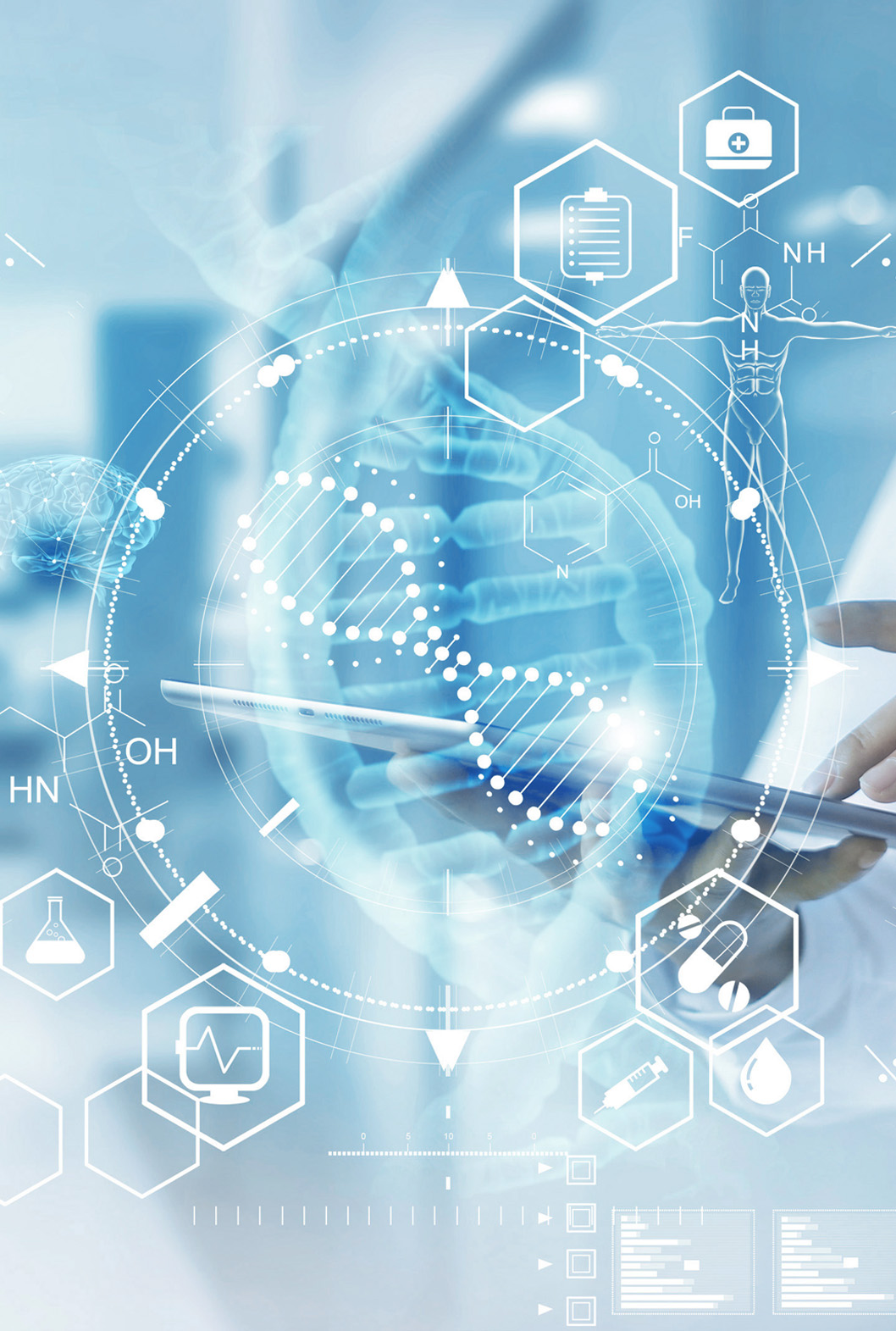
Here, PTA offers exceptional competence in the combination of technical expertise and an economic sense of proportion in consulting and implementation with regard to digitalization in medicine, which allows manufacturers to focus on the product vision and operate successfully in the long term.
Precise implementation
Outsourcing of product lines
Regulatory expertise
Technical, IT and methodological know-how
Use Cases
Challenges
- Challenging and constantly changing regulatory framework conditions
- Critical functions for patient health, user safety and data protection
- Engineering knowledge and IT expertise required
- Integration of new products into complex processes and quasi-standard environments
- Long development cycles with high pressure to innovate
Solution approaches
- Holistic view: product, integration, processes and organization
- Cross-lifecycle support combined with a high proportion of specialists from the relevant disciplines
- Synergies from different industries flow into the concepts
- >15 years (250 person-years) experience with regulated software development (ISO/EN 62304, 62366)
- Synergies from different industries flow into the concepts
- Own ISO 13485 certified QM system
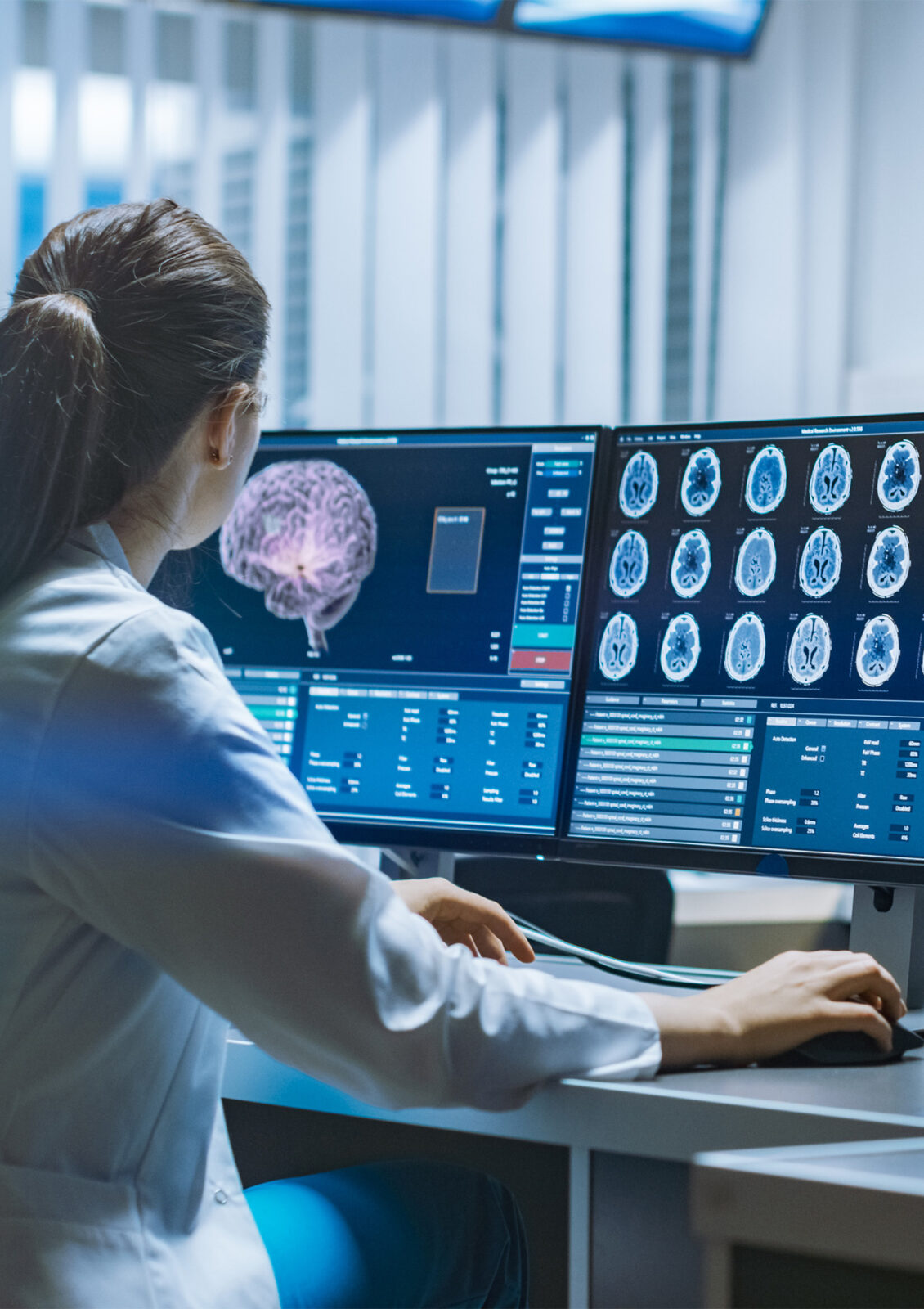
Laboratory information systems are the hub and integration platform for all technical processes in the laboratory. They integrate a large number of medical devices and processes and thus allow efficient interaction within the laboratory as well as with the system landscape of the clinic or laboratory community. PTA’s special combination of technical and IT expertise enables a global market leader to outsource the product development of its internationally marketed products.
From technical specification to design, development, quality assurance, roll-out and 3rd level support, PTA covers far more than the classic software development process. The integration of instruments into laboratory workflows is already taken into account in the development phase of the devices through close cooperation, interfaces are defined at an early stage and the efficient implementation of new device functions in the integrated laboratory environment is made considerably easier by expanding IT at an early stage. This has made us one of the few IT service providers with comprehensive laboratory IT expertise in Germany for more than 15 years.
- Professional, technical and methodological expertise in laboratory IT
- All-in service for LIS (further) development
- Exceptional experience in regulated software development in accordance with ISO/EN 62304
- Development experience on the device, LIS and integration sides
- Highest priority of the development team on product quality
An established patient data management system (PDMS) is subject to new criteria for approval due to the adaptation of the MDR. A diagnosis- and therapy-critical functionality of the current PDMS is not sufficiently developed and documented after the reassessment. By creating a certification strategy and redeveloping the critical component using PTA’s ISO 13485-certified quality management system, a declaration of conformity can be issued to ensure continued operation as a medical device.
- Certification strategy
- SW development according to PTA QMS
- Declaration of conformity
Established manufacturers of medical devices such as suction pumps, obstetric devices and infusion pumps must re-approve their products under the new EU Medical Device Regulation MDR (EU 2017/745). Following an assessment of the existing documentation by the PTA, gaps in risk management acts, requirements, specification, verification and validation documentation are identified and closed in accordance with an agreed procedure. The PTA provides support with documentation, but also with verification and setting up a document management system.
- New approval according to MDR (EU 2017/745)
- Assessment of risk management according to ISO/EN 14971
- Gap analysis documentation in accordance with ISO/EN 13485 and ISO/EN 62304
- Revision process
- Closing documentation gaps
- Carrying out verification tests (software and hardware)
A good idea becomes a product when a highly qualified team from a wide range of disciplines works together effectively and flexibly. This results in prototypes and initial routine samples of a device that integrates hardware, software and AI components.
With the professionalization of the product, organizational units such as sales, R&D, production and support must be created that work together efficiently – a transformation process is taking place. The PTA provides advice and also supports implementation through practical collaboration, e.g. as a product owner and scrum master.
- Operational Assessment
- Establishment of an agile process model
- Pragmatic solutions
- Accompanying the implementation
- Collaboration in configuration management, interface design, project and program management, QA, risk analysis, software development
A component manufacturer for medical devices is expanding its portfolio with a new, complex medical device. During the development of the new device software, the PTA is available as a discussion partner for architecture and design decisions.
- Software architecture consulting
- Medical device software
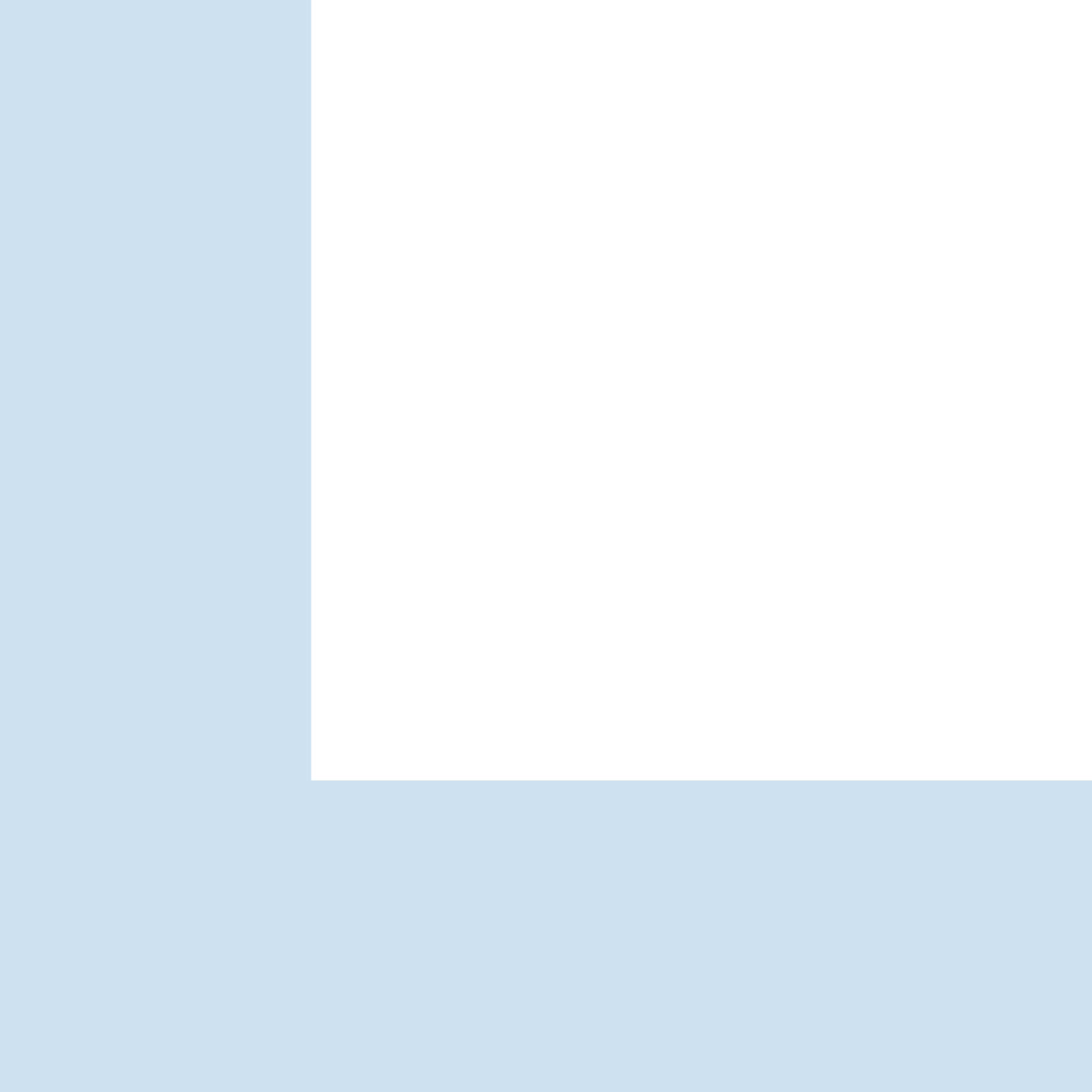
Our expertise in medical technology

Product Definition Team (PDT)
We work with our customers to develop a shared vision of new, promising products. With our unique range of services, we support you from the product idea to the product vision: Targeted product realization begins with the detailed and sustainable definition of a planned product (product definition). This ranges from scoping to complete requirements documentation, which includes the identification of the relevant topics with responsible contact persons as well as the development and communication of the core functionalities to all internal and external stakeholders.
In the next step, the product specification is developed using requirement engineering. With the help of business analyses, we compare the specifications with the market requirements and thus check whether the planned product can survive on the market. Based on the available analyses and specifications, we develop the system architecture and check the usability using modern user experience methods. Finally, our development team carries out a technical evaluation and draws up implementation concepts. This is how we accompany our customers from the product vision through the definition to the market-ready product!
Selected projects
Project ID: 3302
Requirements recording for a software update of a laboratory instrument
Project ID: 4643
Project management and facilitation for laboratory landscapes of the future
Quality and risk management
Manufacturers of medical devices that contain software or consist entirely of software have to cope with many and constantly changing regulatory requirements for quality and risk management QM/RM. ISO 13485 certification allows us to establish a quality management system that complies with European and US guidelines (FDA, 21 CFR part 820). This also applies to the software development process we use (IEC 62304) and risk management for medical devices (ISO 14971). Furthermore, we support you in the assessment of usability (IEC 62366) in order to minimize risks due to unsuitability for use, e.g. due to incorrect operation. We also help you to comply with the following regulations:
- European In Vitro Diagnostica Medical Device Regulation (IVDR) and the GxP standards, including CAPA, corrective and preventive action.
- Introduction of documentation requirements for the traceability of reagent and QC data in accordance with the guidelines of the German Medical Association (RiLiBÄK 2008) for quality control and quality assurance of laboratory medical examinations.

Selected projects
Project ID: 4196
Quality representative medical device manufacturer
Project ID: 3024
Laboratory IT and process consulting in accordance with FDA and GxP standards
Project ID: 3274
(Re-)validation and support with audit preparation
Research our IT projects in the field of medical technology
Have we sparked your interest?
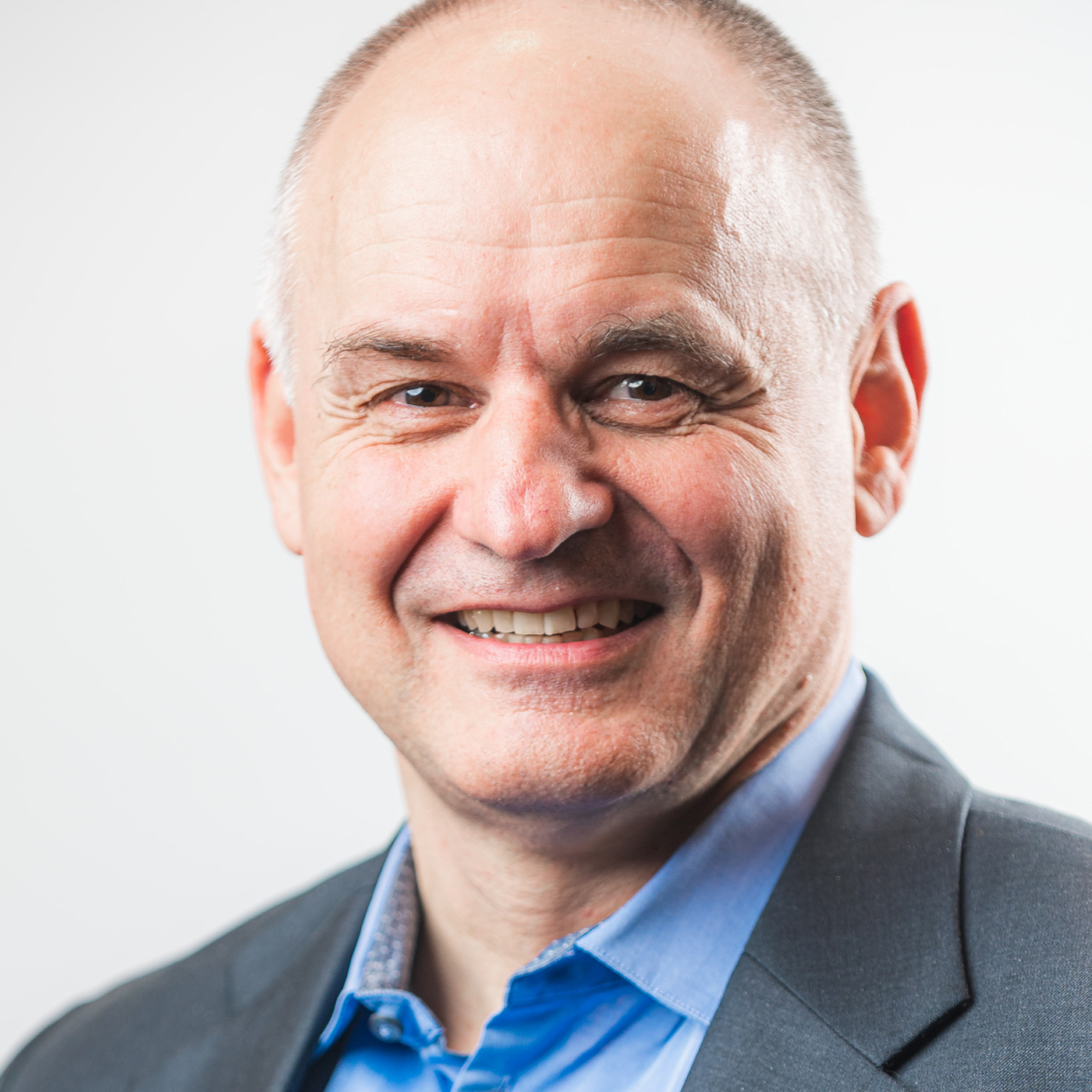
Contact
PTA GmbH Head Office
Weberstraße 2-4
D-68165 Mannheim
© Copyright 2024 PTA GmbH | All rights reserved | Imprint | Privacy | Legal notice | Values & Code of Conduct
